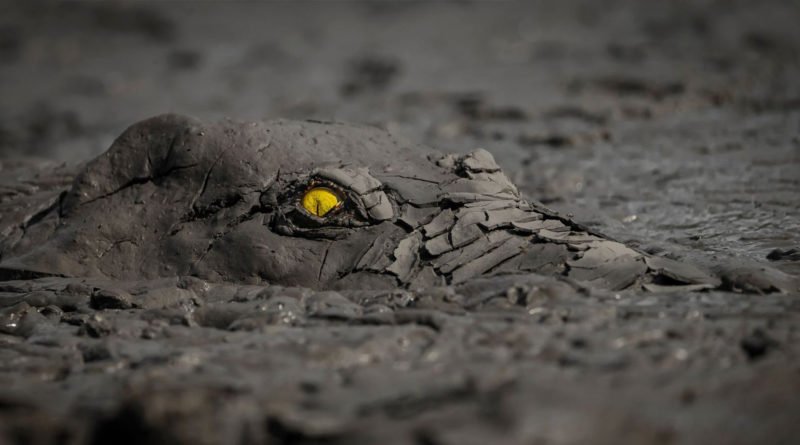29 Winners of World Nature Photography Awards 2022 Feature Crocodile’s Flaming Eye Claiming Gold
Jens Cullmann staked out the largest pool for his dramatic shot of an enormous and dangerous reptile. The photographer from Germany would capture the brightly-pigmented flaming iris of a crocodile, otherwise invisible within the thick mud; and this would garner Cullmann the prestigious title of Nature Photographer of the Year 2022.
The unforgiving dry season of Mana Pools National Park in Zimbabwe reduces these pools into huge, rapidly drying mud pits yearly. This is where the country’s largest crocodile and hippopotamus populations congregate—where the sweltering heat, sometimes reaching 45 degrees Celsius, sends crocs burrowing down into the dense mud in a bid to cool their body temperatures.
“A giant crocodile such as this one could survive submerged for month without eating, by living off its fat reserves,” Cullmann told World Nature Photography Awards. “This is a process known as aestivation.”
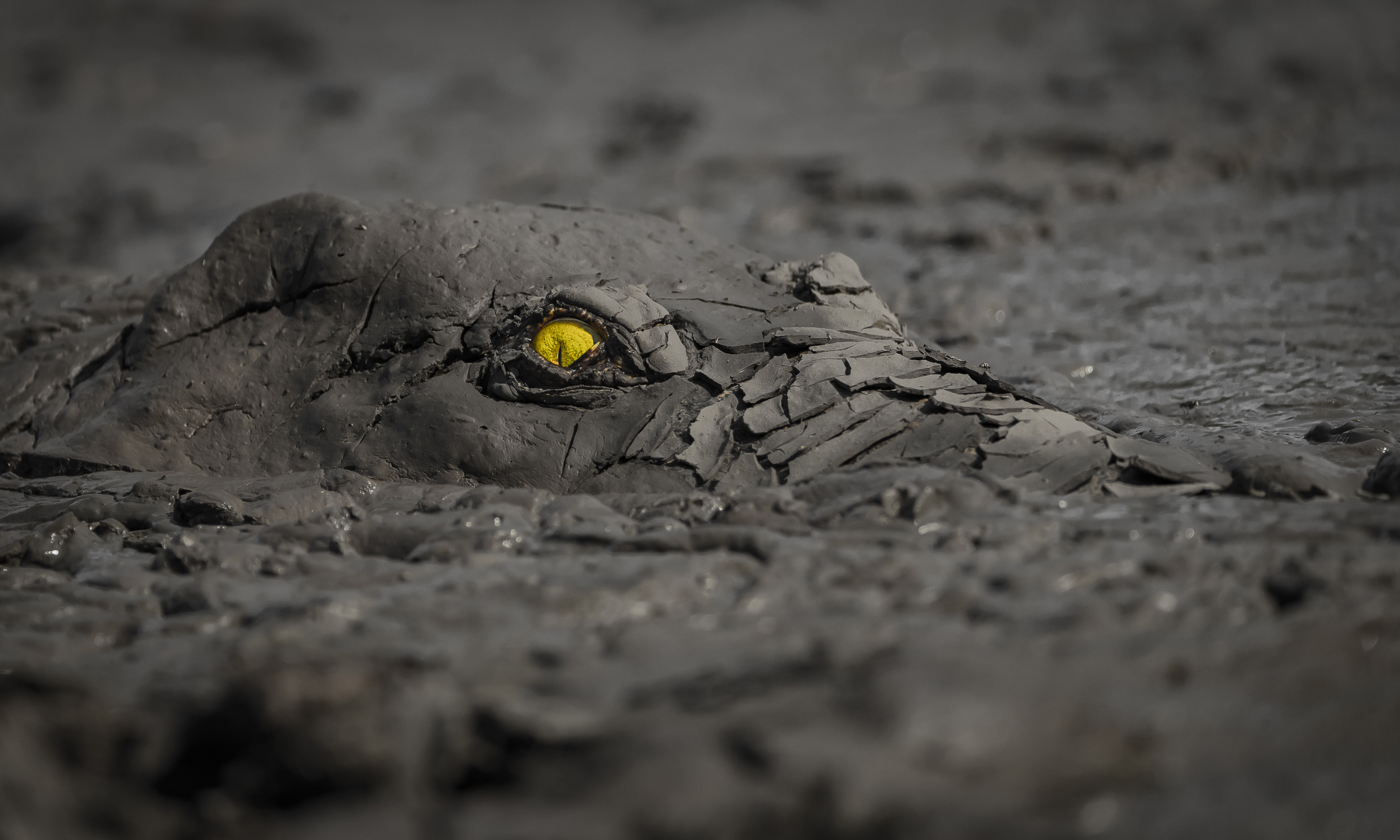
Though encased in heavy, wet earth, the massive reptiles are hardly to be taken lightly. Cullmann said, “I had to be very careful not to disturb the crocodile, even though it was buried in dry mud calm and said they will launch themselves with tremendous speed and power at any animal foolish enough to come too close.”
The contest, World Nature Photography Awards 2022, features myriad other categories besides World Nature Photographer of the Year. Gold prize in Behavior—Mammals category went to Hidetoshi Ogata of Japan, who portrayed a troupe of macaques forming an intimate family huddle on Awaji Island.
As many as 30 macaques will join in these love fest sessions sometimes, though in other locales the huddles consist of just a few macaques—rarely more than 10. “Cuddling and grooming are among several possible reasons for making a huddle,” Ogata said. “It begins with the mother and baby cuddling. Other females and young males then join in, as well as other cuddling groups.”
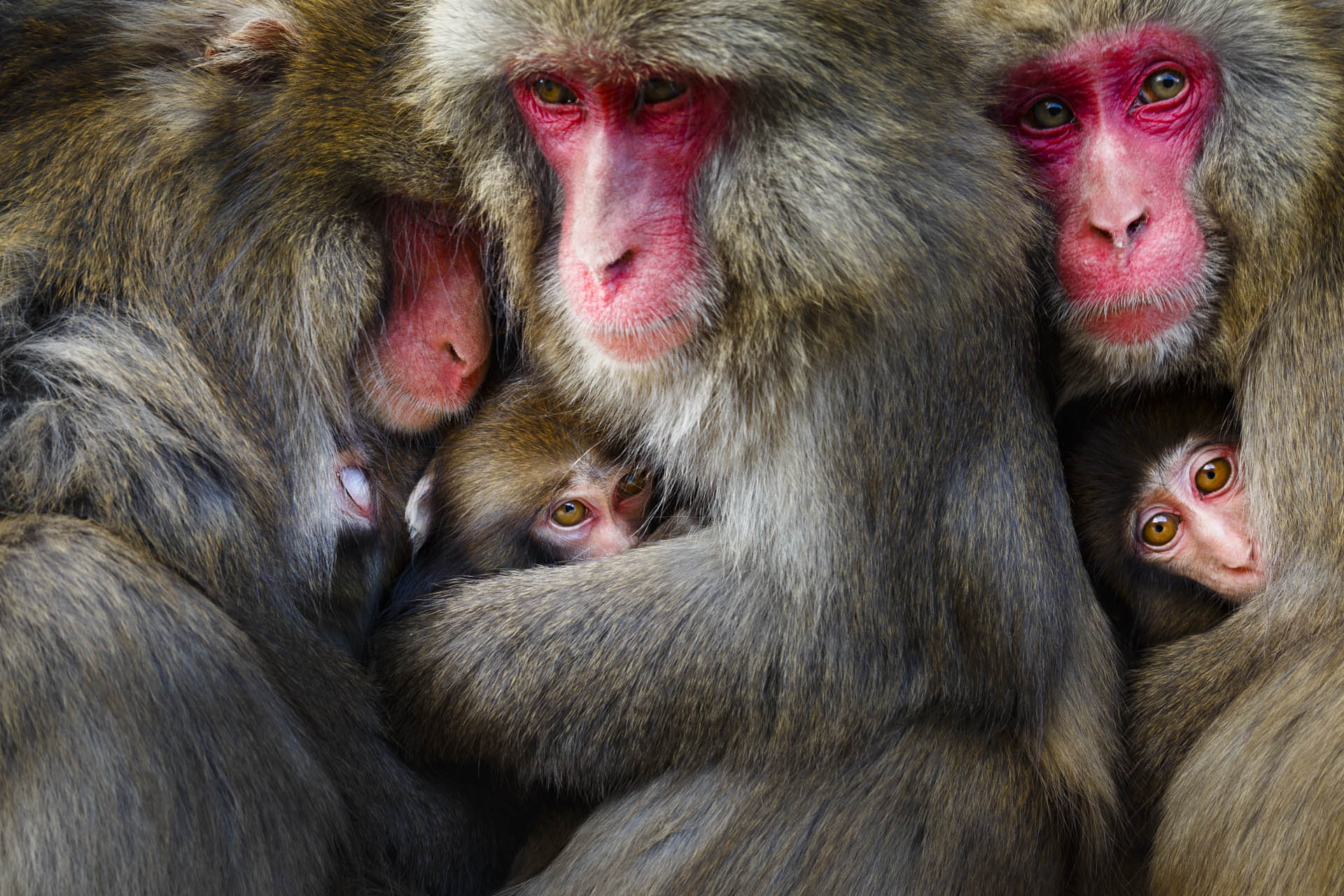
Ogata’s photo shows a rare moment during lactation season when three pairs of monkeys form a huddle after grooming. “Most Awaji monkeys are non-aggressive and when they are raising their babies, mothers create individual communities that have no social hierarchies,” Ogata said.
Among the winners, Charles Schmidt from the United States claimed gold in Behavior—Birds category. He spoke of the moment when a male hooded merganser took flight directly at him. “I had been watching a pair of hooded mergansers in anticipation of them taking off,” he said. “Ducks will often begin swimming more quickly when they are preparing to fly. I saw that they began to swim more quickly and thus was prepared to catch them taking off. I was [lucky] that they headed directly towards me!”
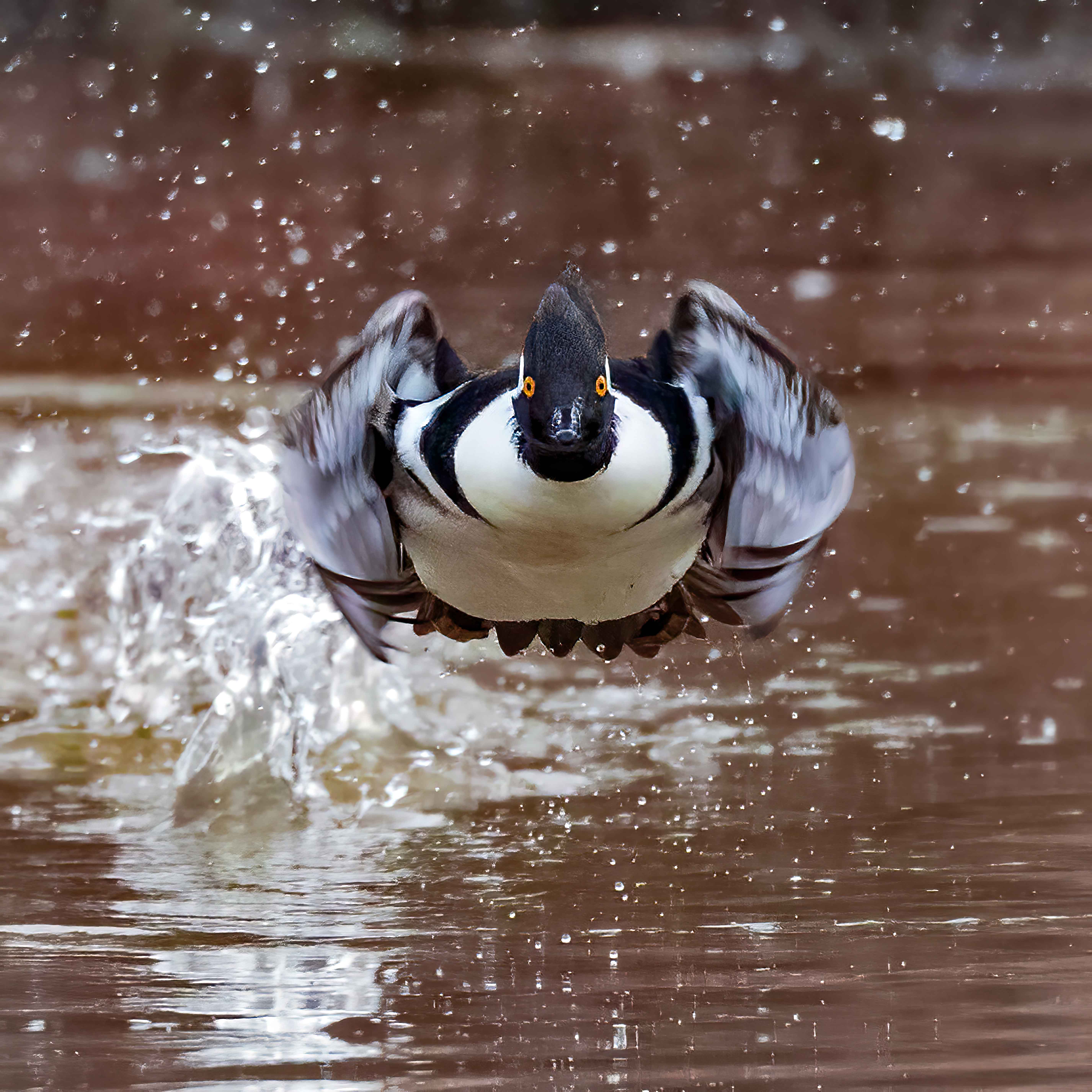
Besides land animals, the competition showcases more alien-seeming invertebrates, such as the one in Javier Herranz Casellas’s picture. This won him gold prize in the Behavior—Invertebrates category, depicting a red crab covered by a thin veil of water produced by waves hitting the rocks.
Red crabs seek out these rocks while hunting for the small crustaceans and plants on which they feed, Casellas said. This photo was taken at La Gomera Island in his native Spain.
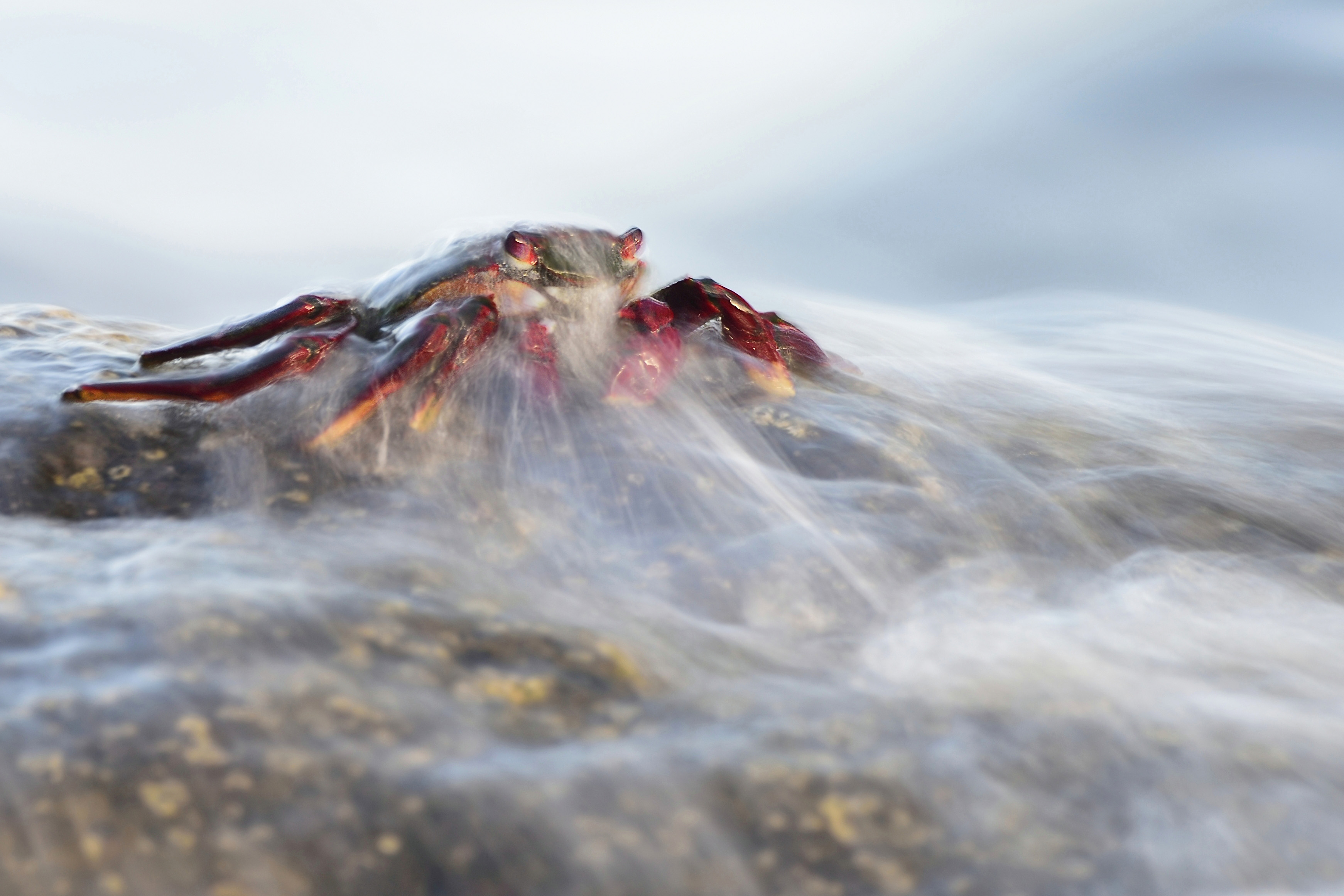
Reaching beyond the realm of animals, the awards feature the category People in Nature. Norway’s Virgil Reglioni claimed gold in this category for his photo, taken from within the “guts” of a glacier. One can almost feel his trepidation and cold sweat as his camera peers up into the starlight from the pitch of that icy chasm. “Not many people would even dare to go in there, where it is dark, deep, cold, loud, and wet,” Reglioni said of the moment his feet dangled over 100 feet of dark void with tripod in hand. “Abseiling down felt incredible, as the more we penetrated into this dark monster, the more the fear rises up.”

The World Nature Photography Awards also feature the categories: Behavior—Amphibians and Reptiles, Nature Art, Plants and Fungi, Underwater, Black and White, and more.
The winner of the Planet Earth’s Landscapes and Environments category was Jake Mosher of the United States, who hiked, snowshoed, and climbed to the 11,000-foot summit of Wyoming’s Table Mountain to photograph the Milky Way over Grand Teton peak. “While these iconic mountains have been photographed tens of thousands of times, I wanted to show an entirely unique view of them,” he said. “I was treated to one of the most spectacular displays of airglow that I’ve ever seen—similar to the aurora and created by photo-charged particles, but spanning much of the horizon.”
Now, we present a selection of the World Nature Photography Awards’ 2022 winners, handpicked by our editors for our readers’ enjoyment.
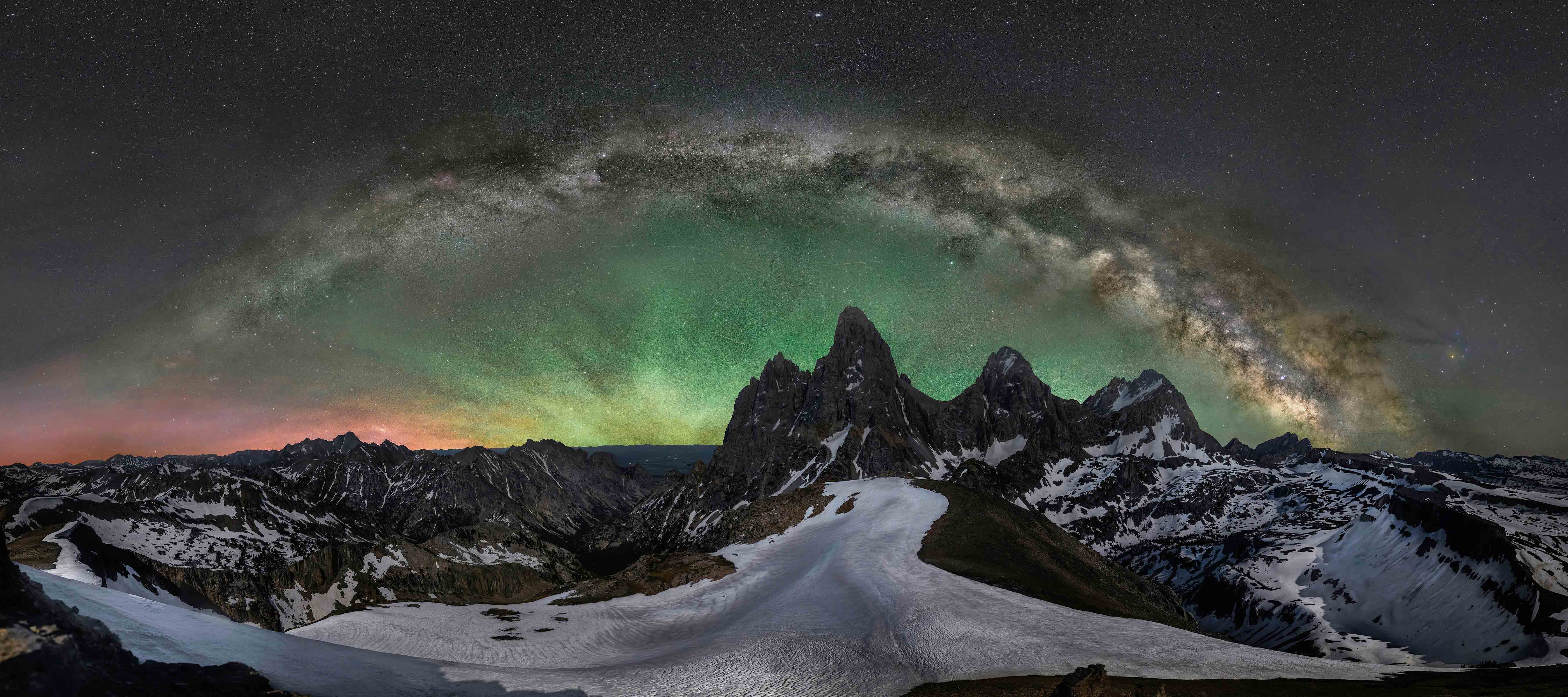

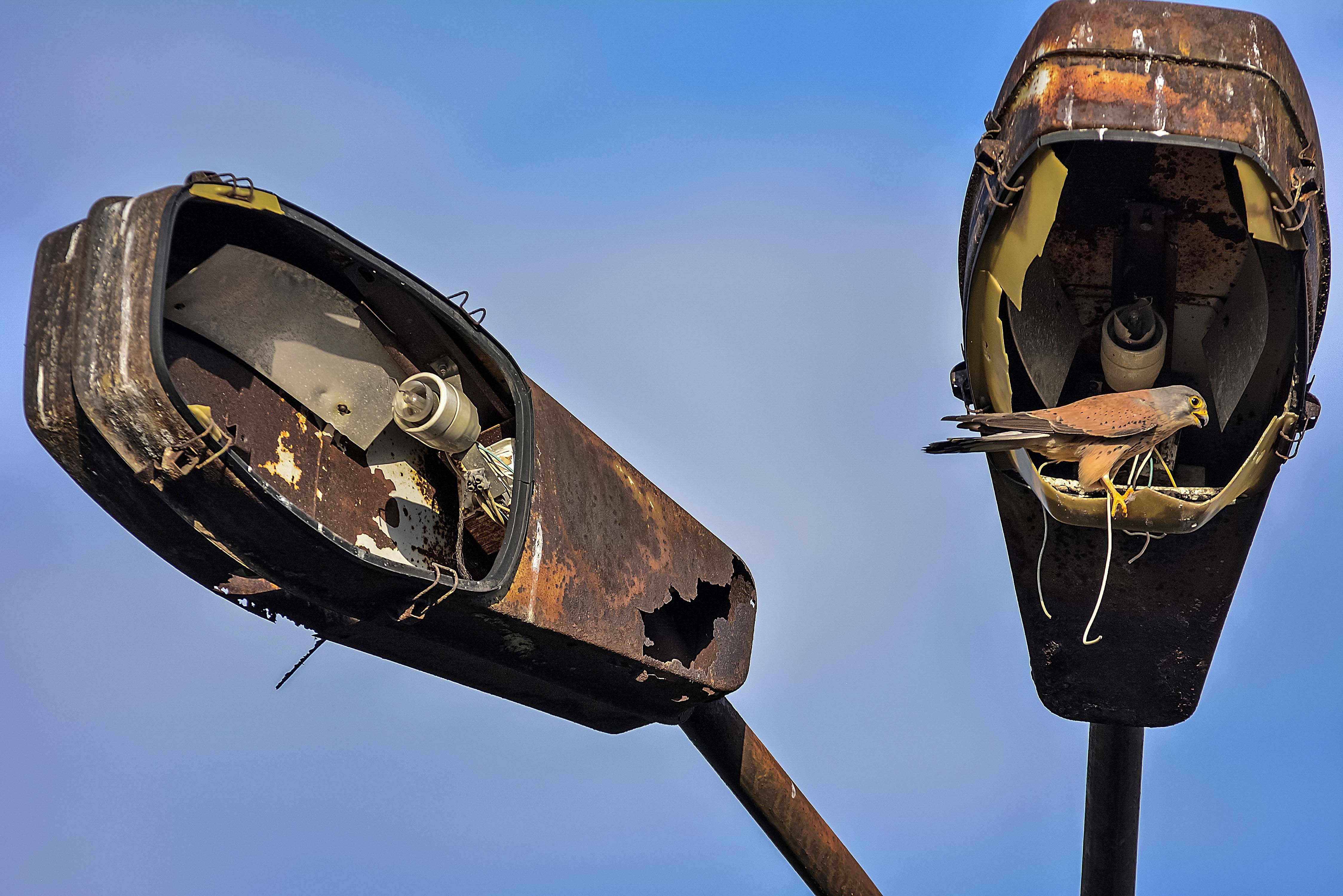
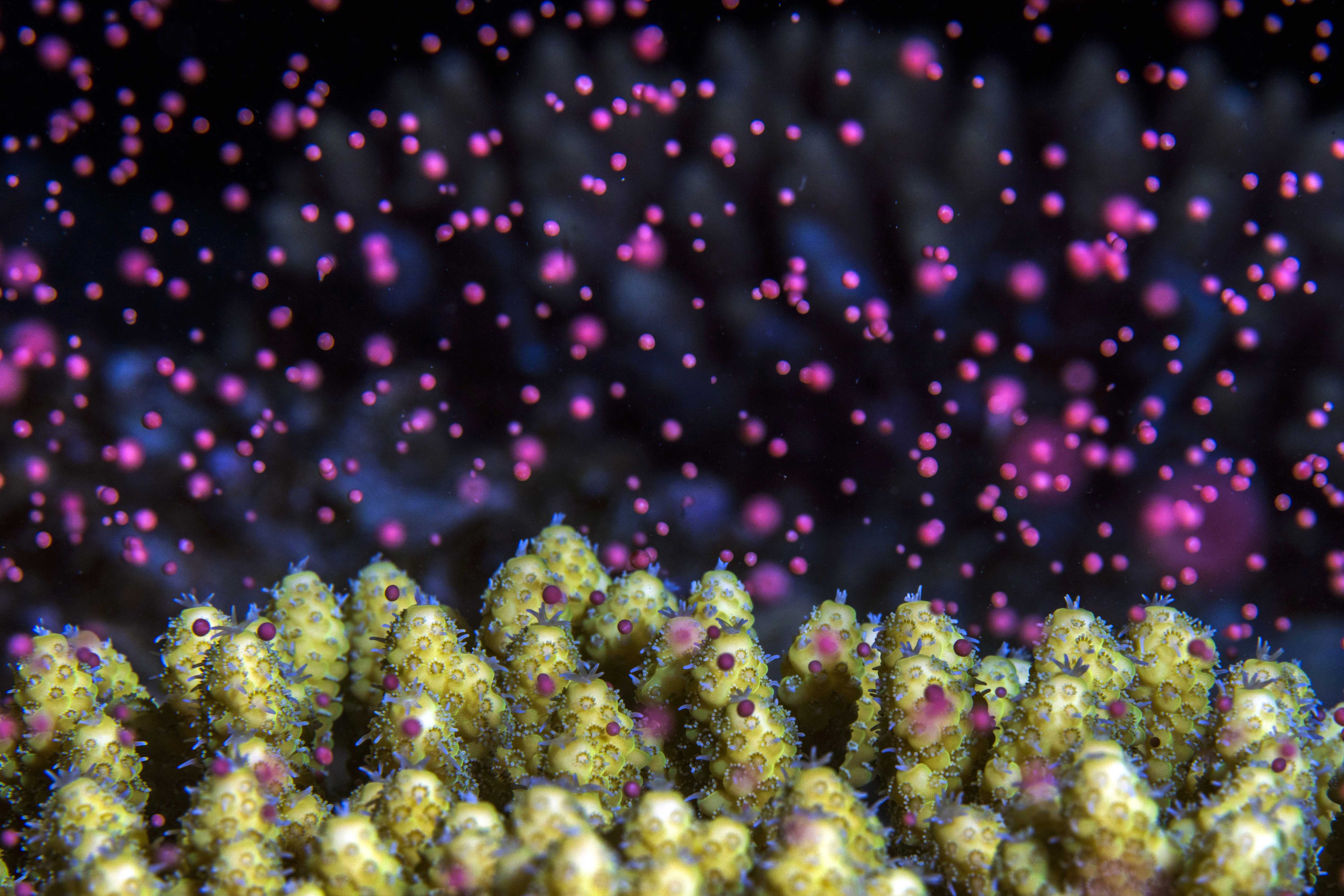
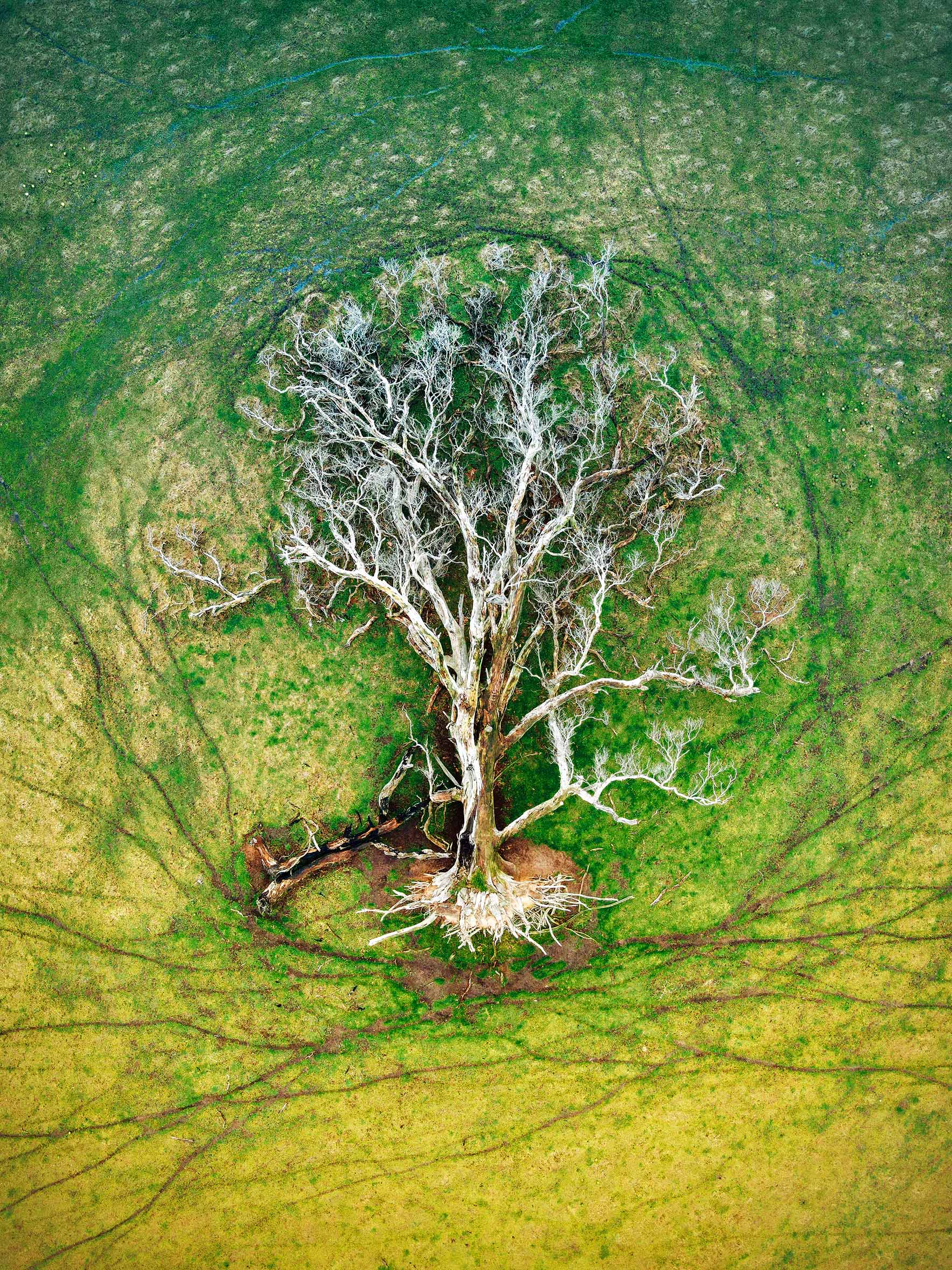
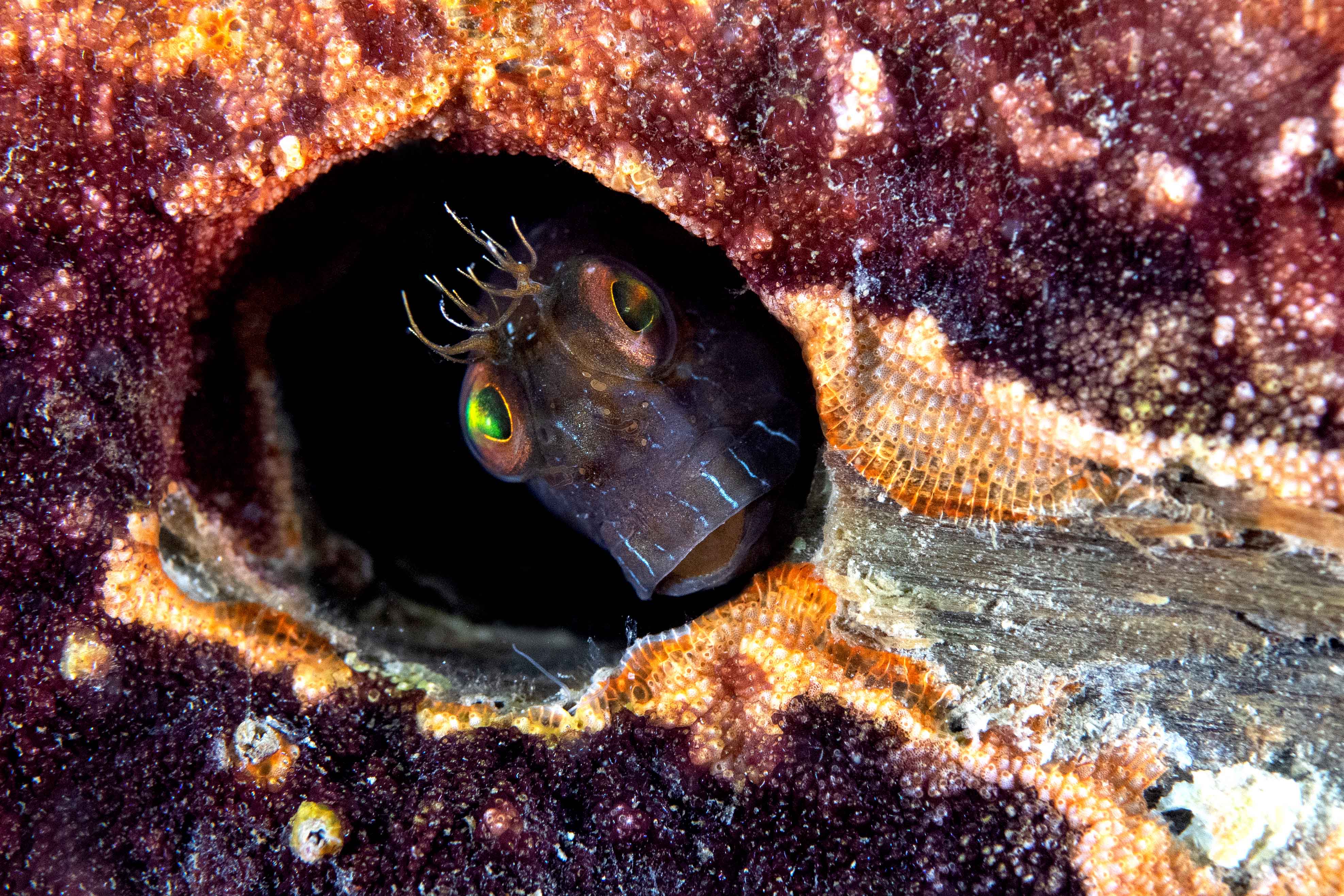


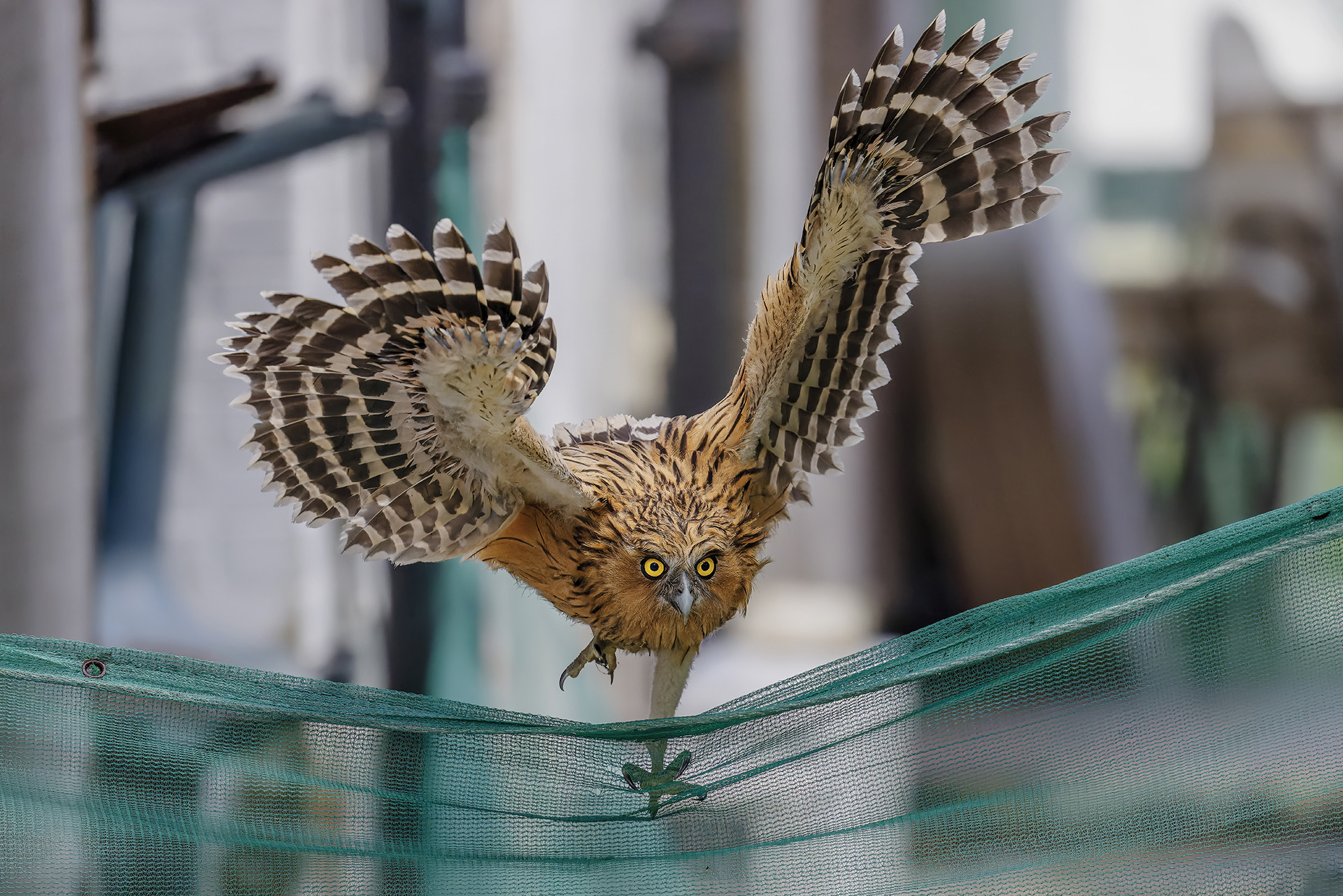
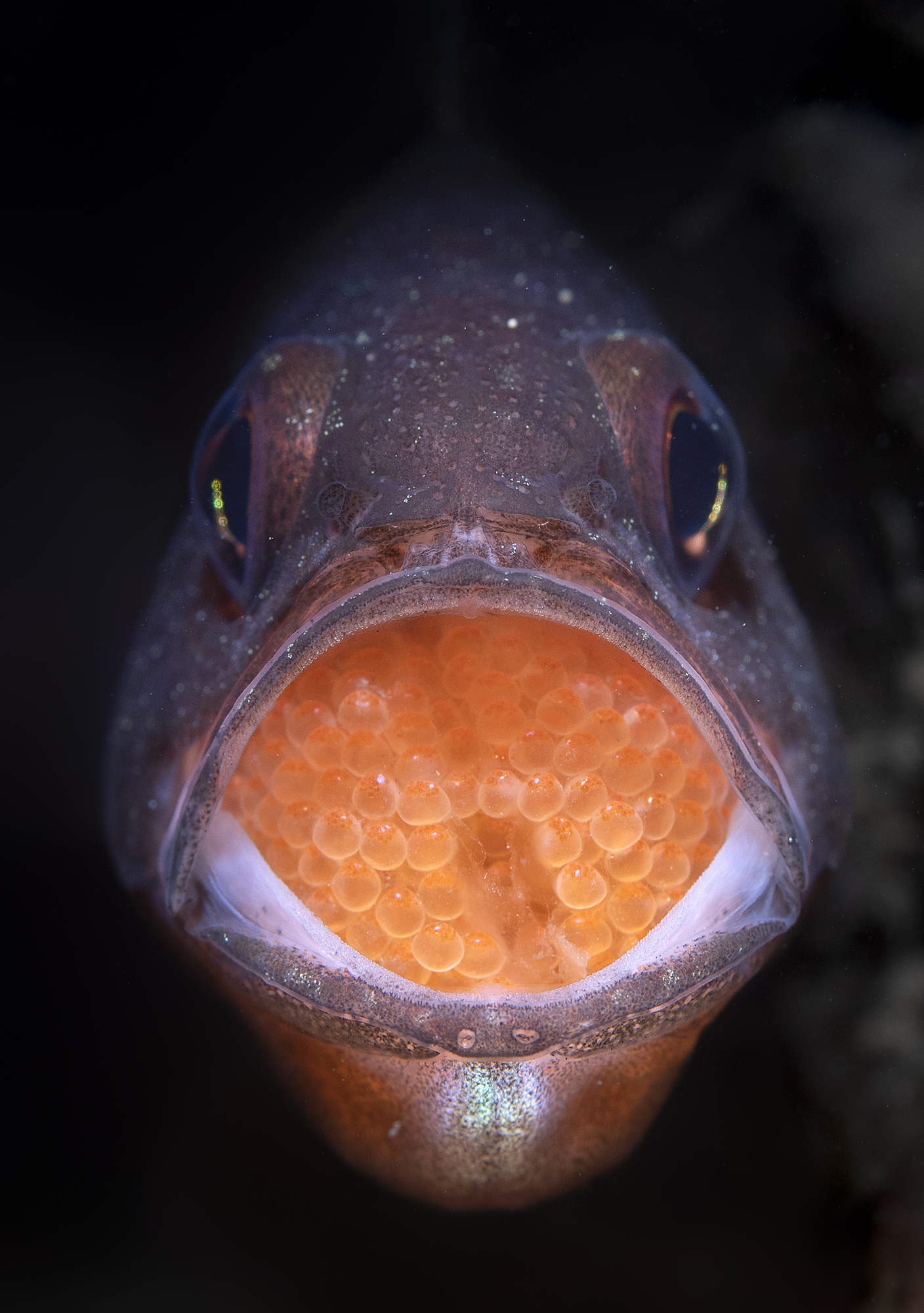
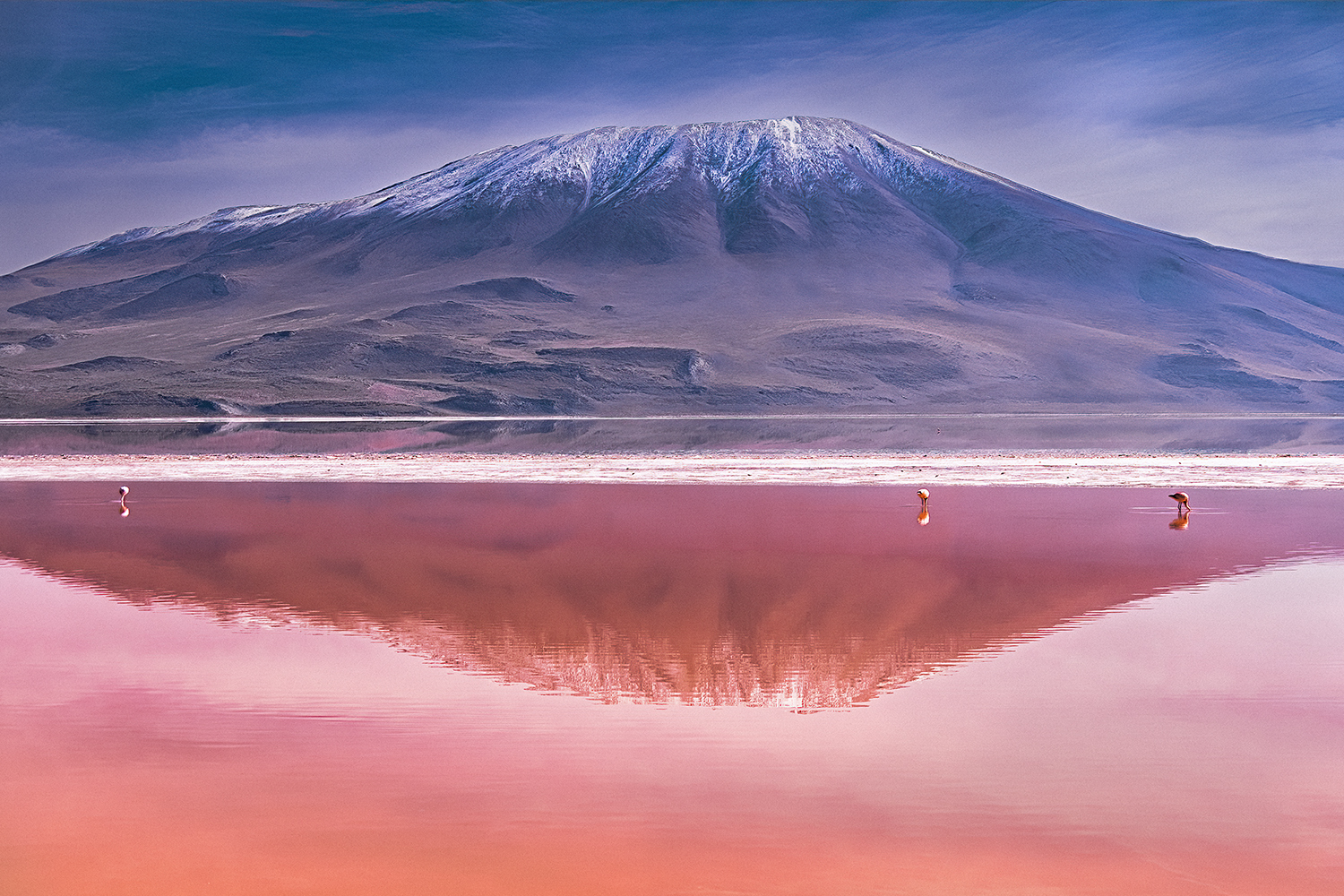
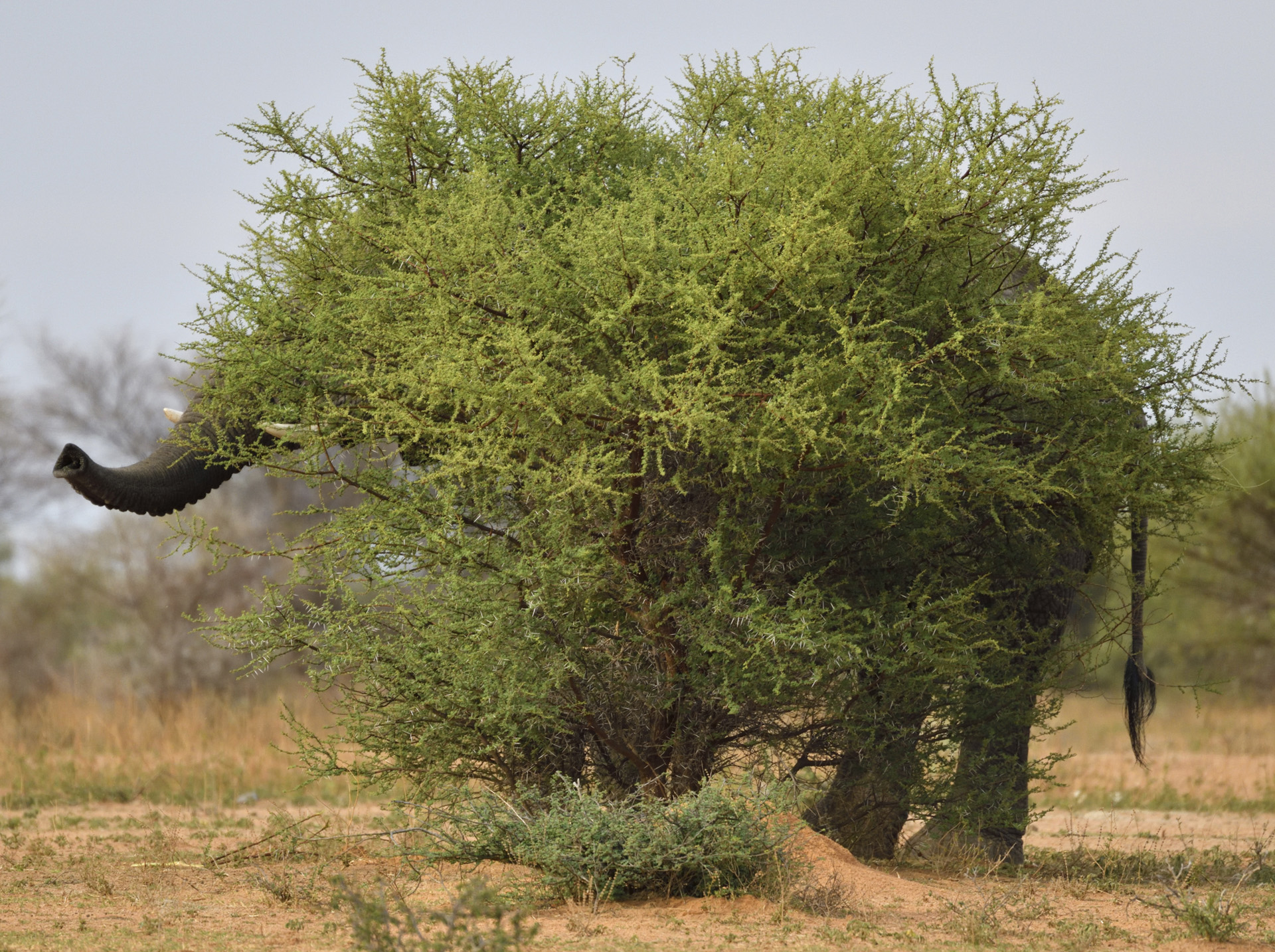

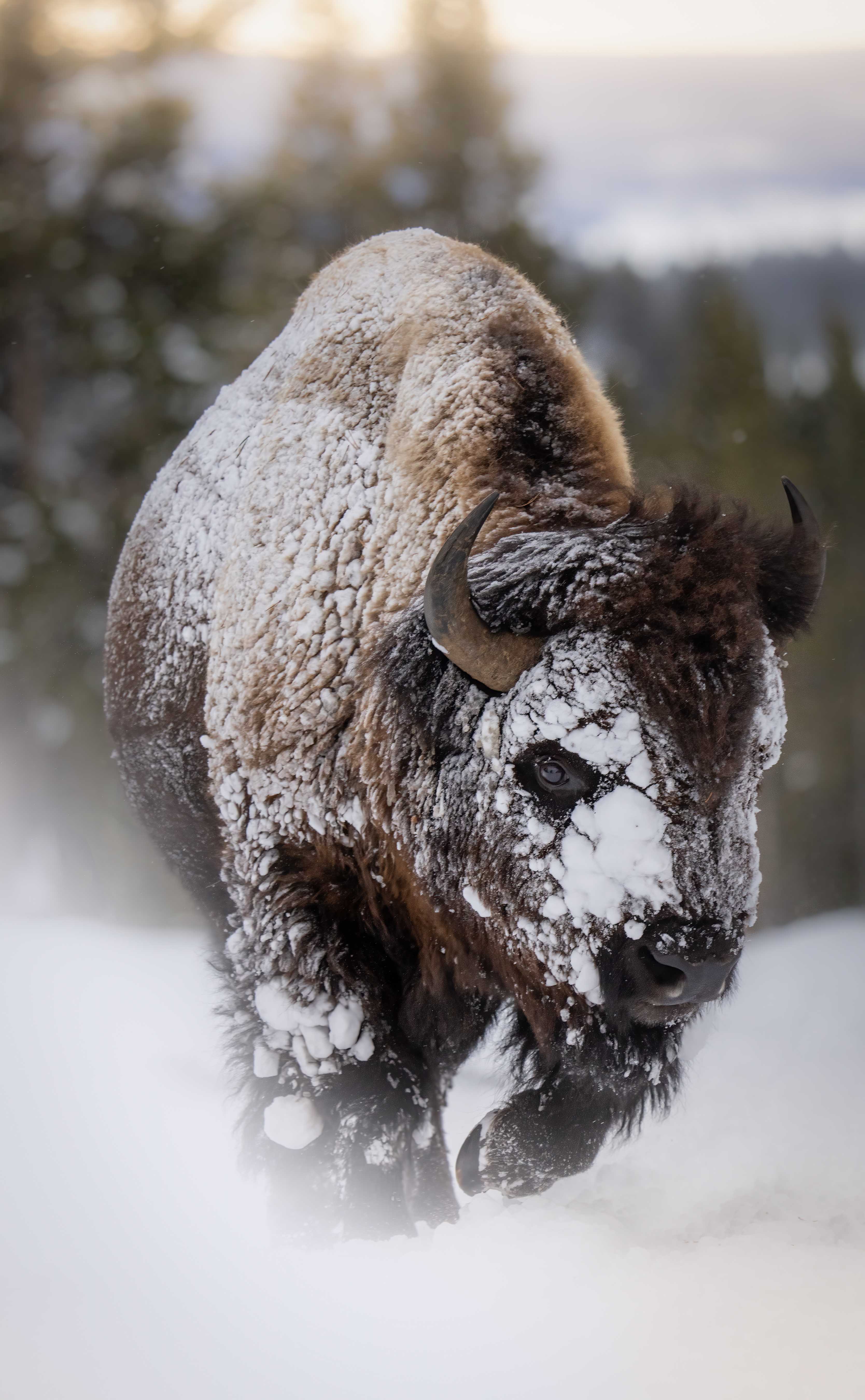
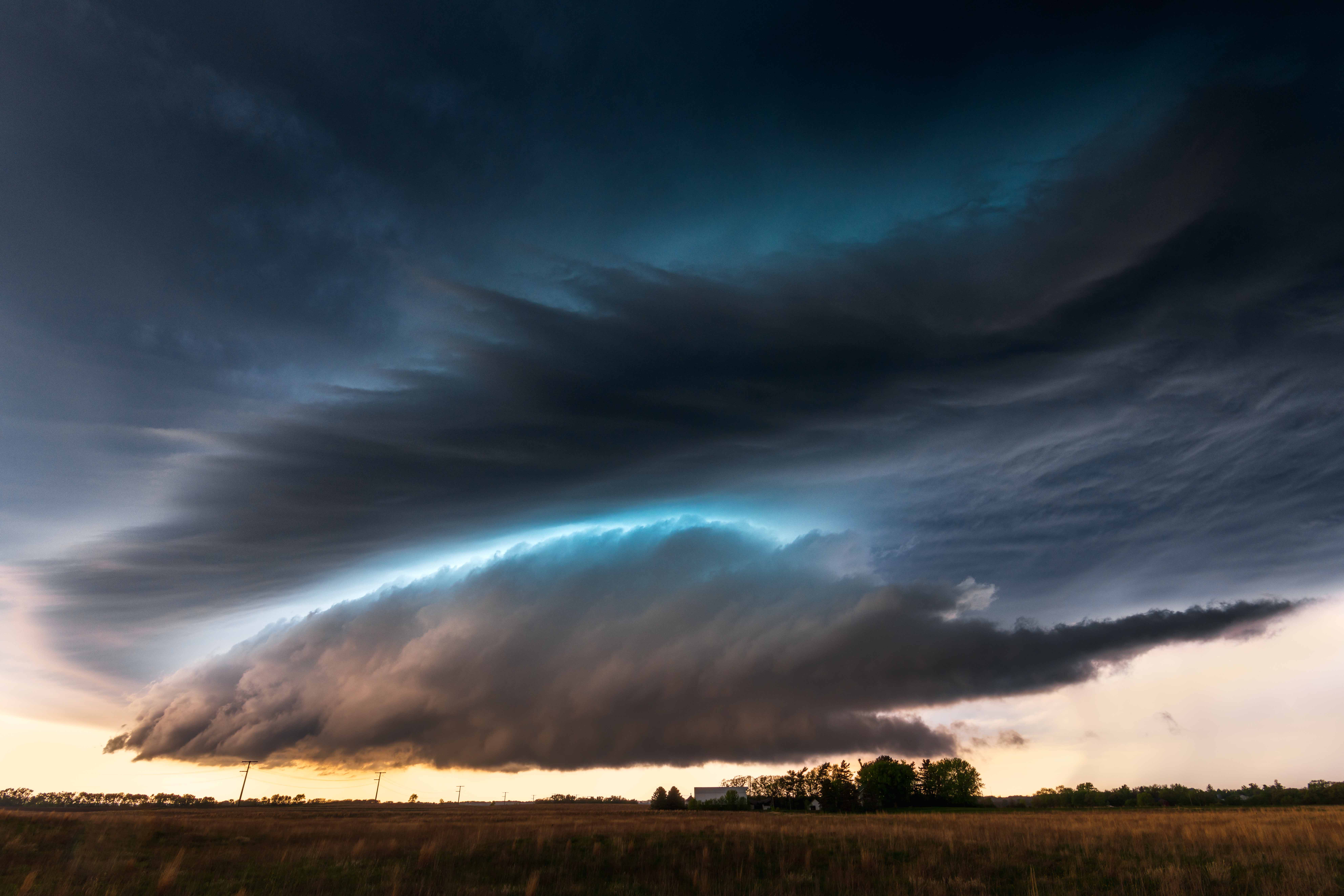
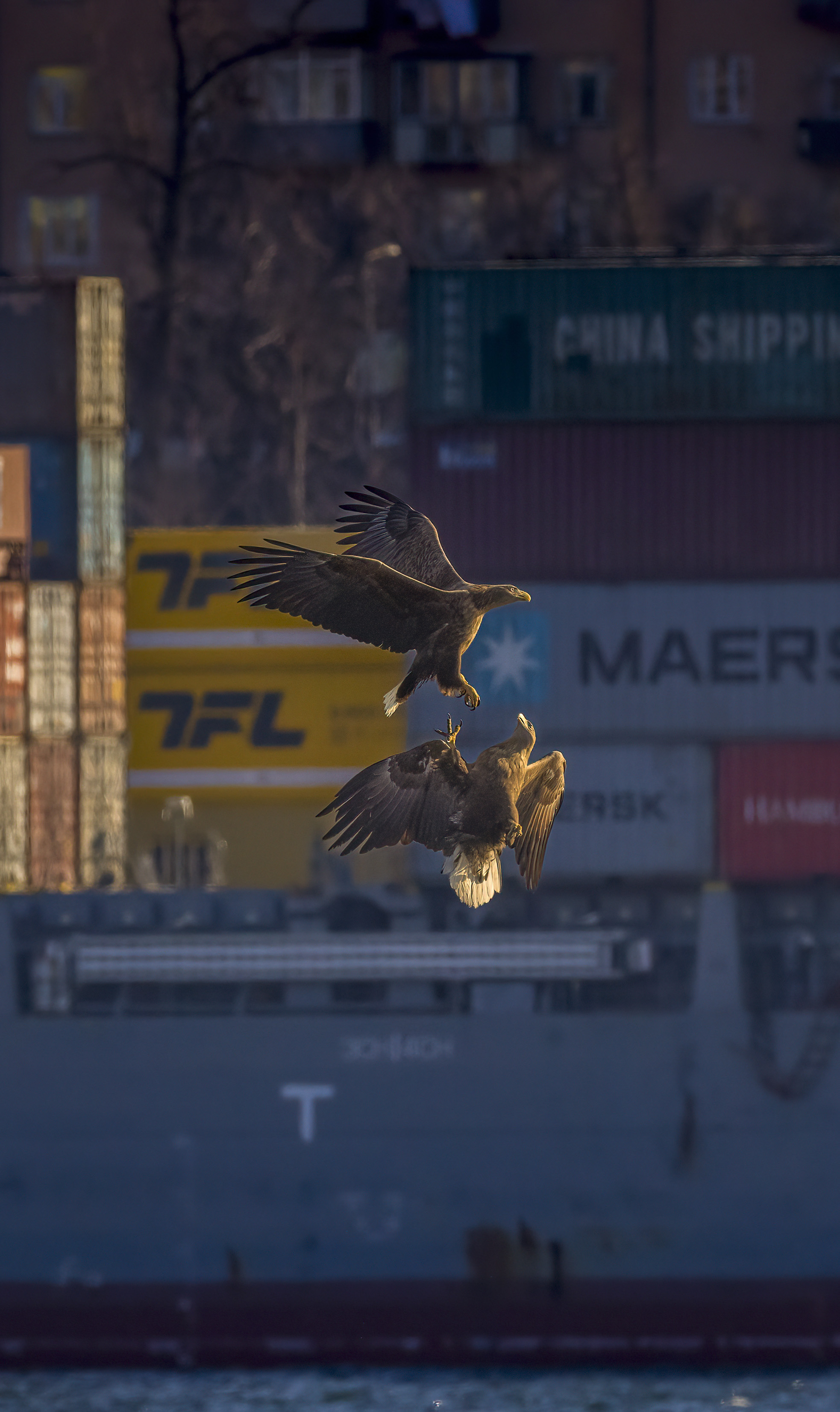
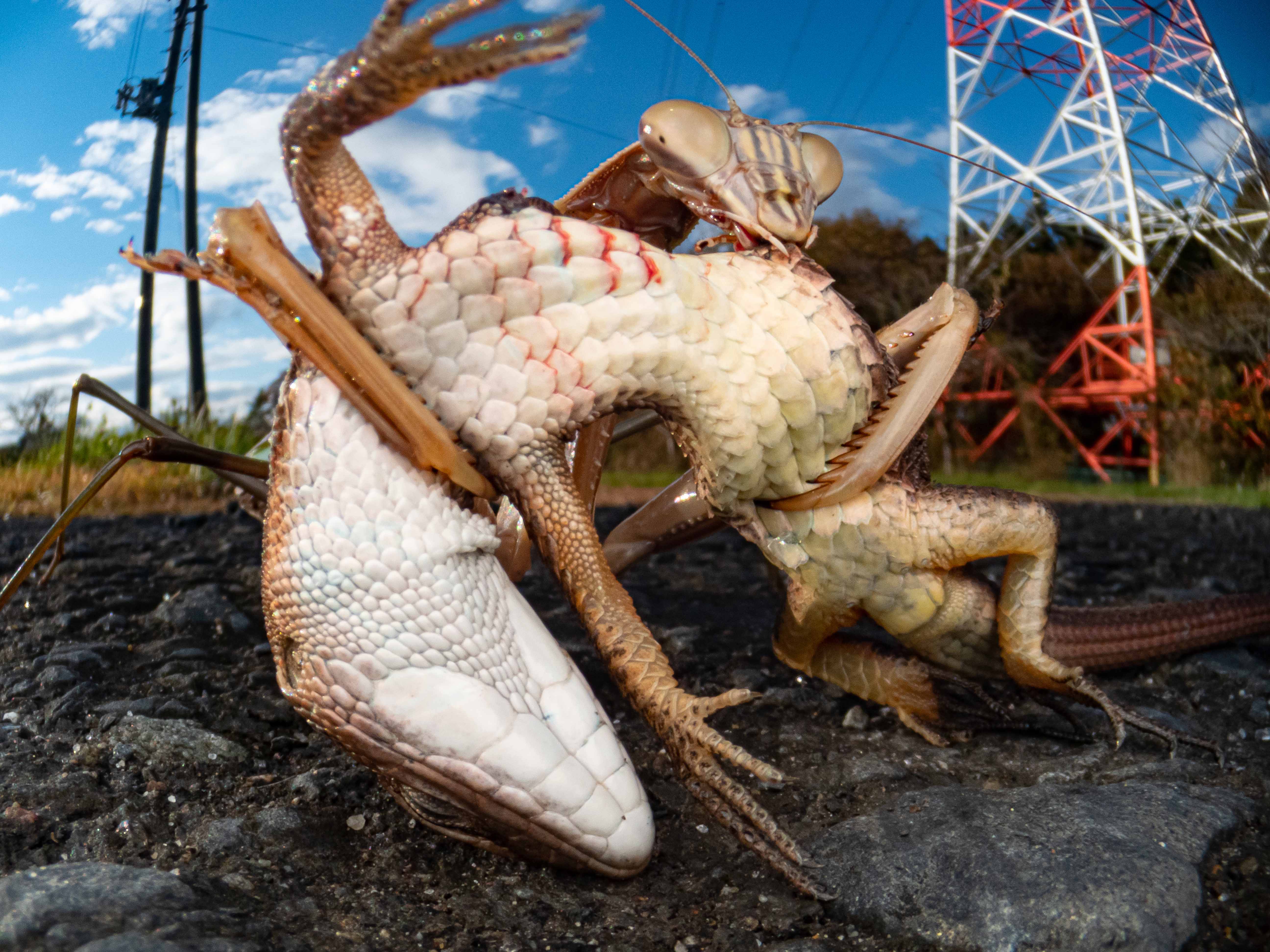
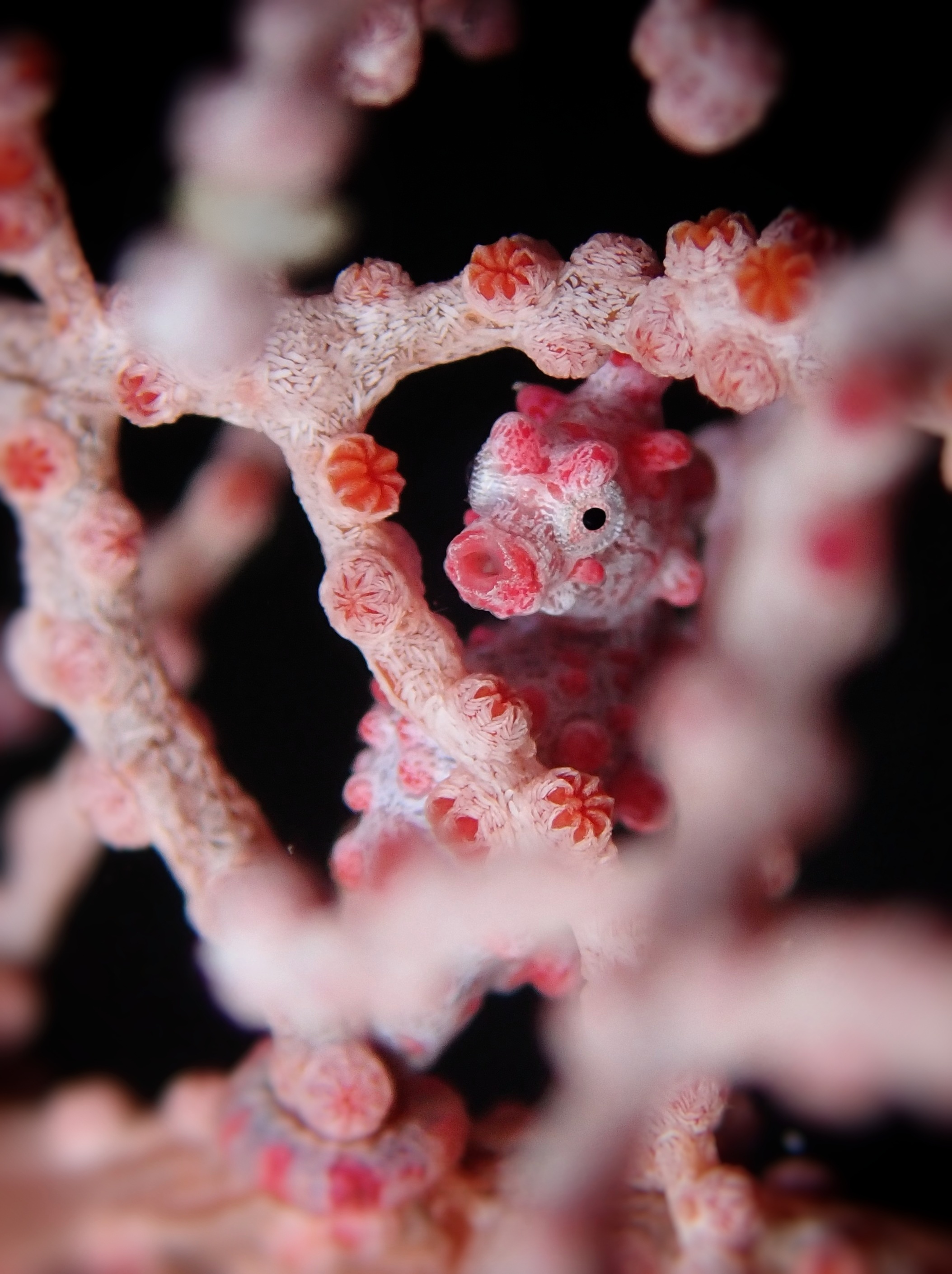

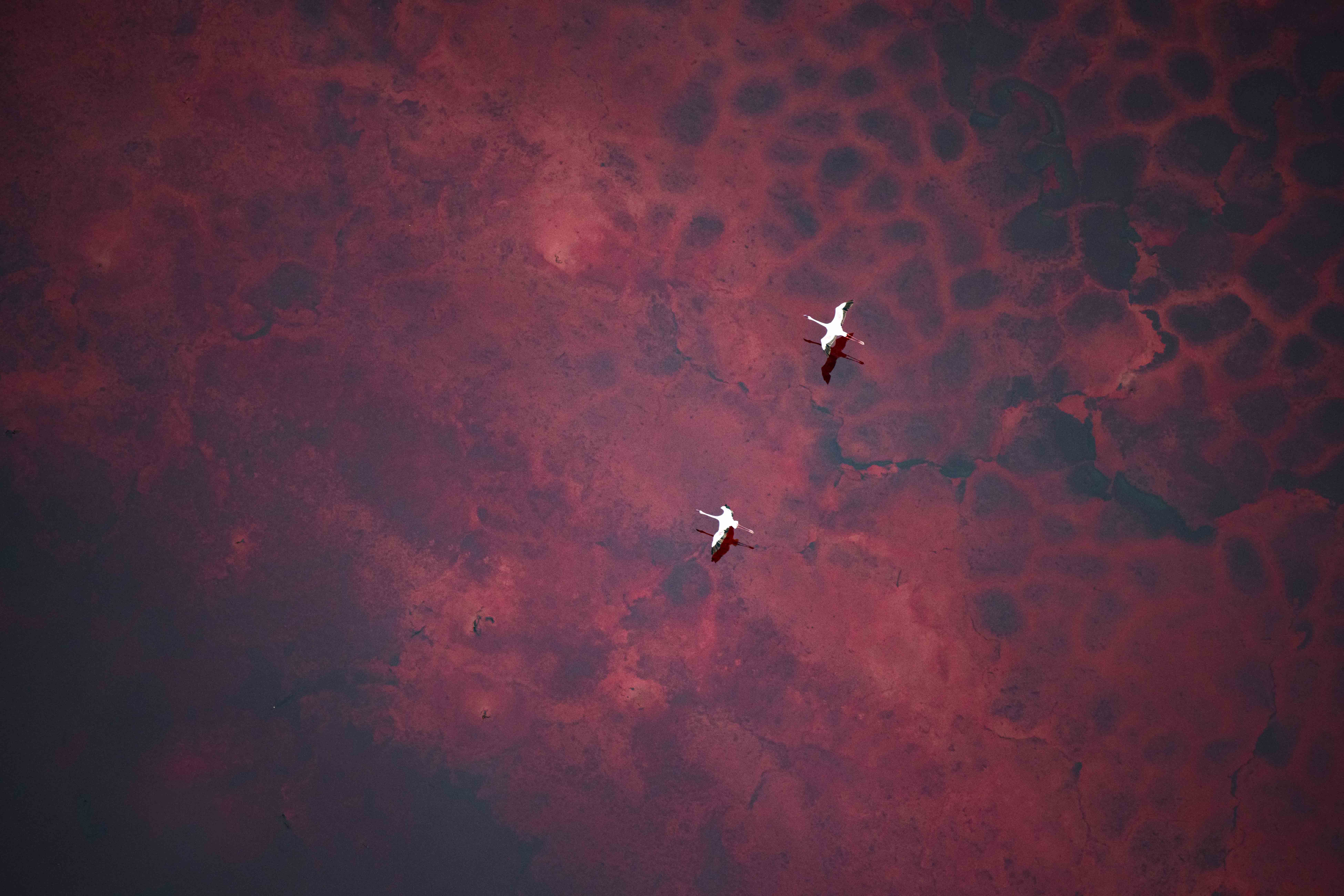
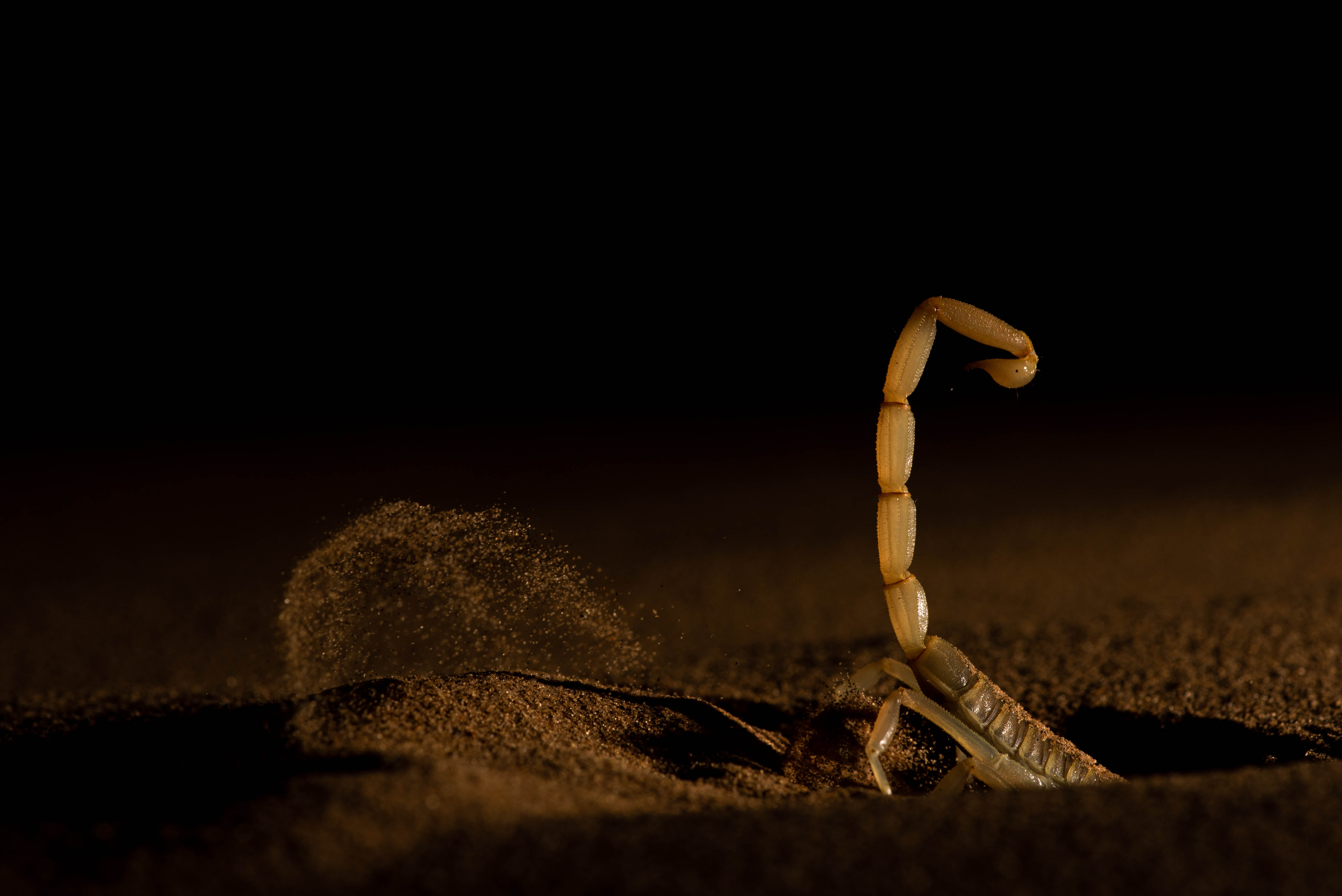

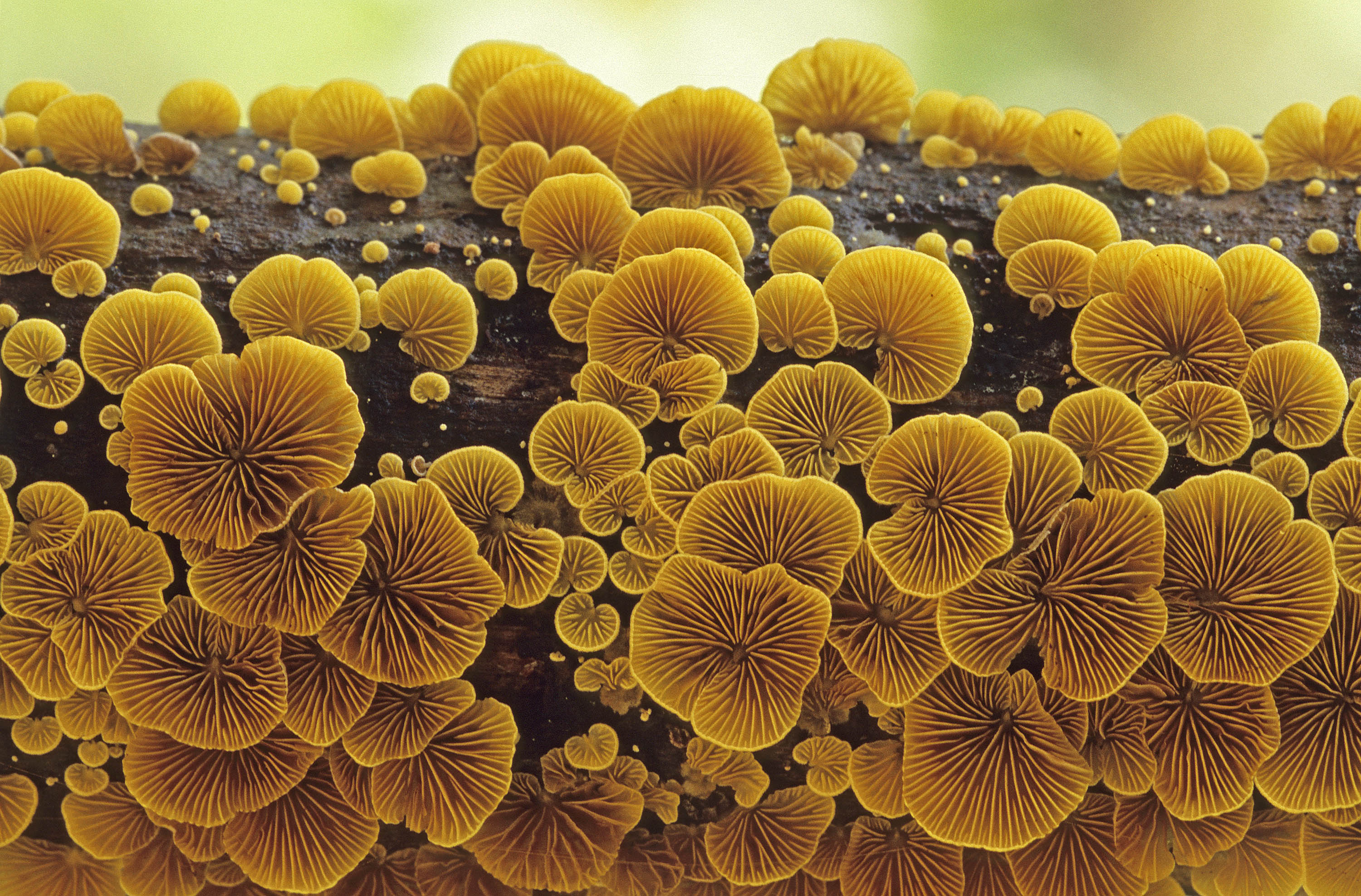
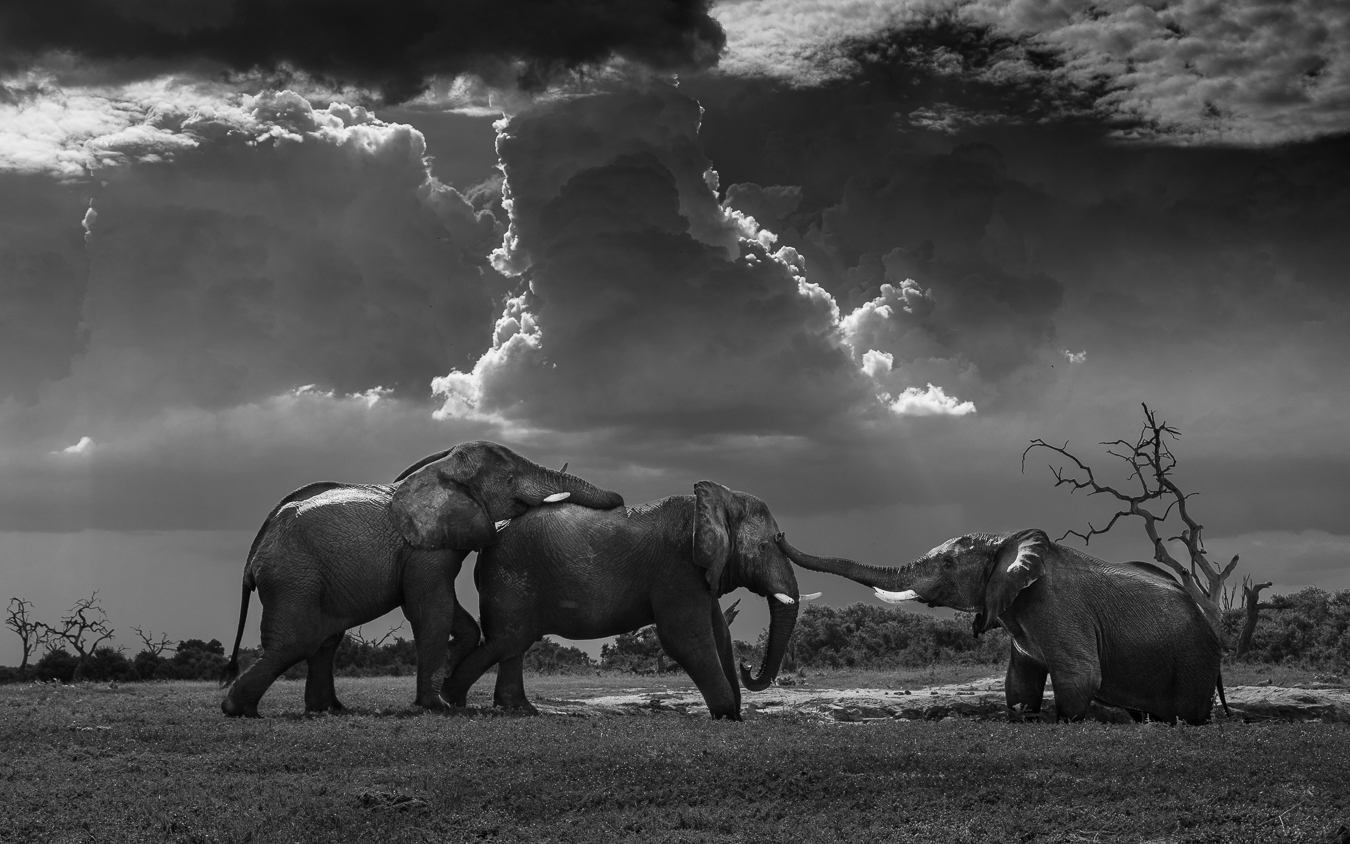
Share your stories with us at emg.inspired@epochtimes.com, and continue to get your daily dose of inspiration by signing up for the Inspired newsletter at TheEpochTimes.com/newsletter

